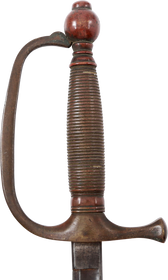For Sale
The following items are listed by for sale by users of the site and dealers. They are in no way endorsed or guaranteed by www.oldswords.com
Add a Classified ItemYou can also receive regular email notifcations when items match your keywords. To recieve them just register or logon at the top right of this page.
- Nation : British
- Local Price : £675.00
- Nation : British
- Local Price : £675.00
- Nation : British
- Local Price : £675.00
- Nation : British
- Local Price : £675.00
- Nation : British
- Local Price : £675.00
- Nation : British
- Local Price : £675.00
- Nation : Japanese
- Local Price : £675.00
- Nation : British
- Local Price : £675.00
- Nation : American
- Local Price : 925.00 USD
- Nation : German
- Local Price : 925.00 USD
- Nation : British
- Local Price : $1250.00 CAD
- Nation : Indian
- Local Price : £650.00
- Nation : British
- Local Price : £650.00
- Nation : Russian
- Local Price : £650.00
- Nation : British
- Local Price : £650.00
- Nation : British
- Local Price : £650.00
- Nation : Tibetan
- Local Price : £650
- Nation : British
- Local Price : £645.00
- Nation : British
- Local Price : £645.00
- Nation : British
- Local Price : £645.00
- Nation : German
- Local Price : £645.00
- Nation : British
- Local Price : £645.00
- Nation : British
- Local Price : £645.00
- Nation : American
- Local Price : 875.00 USD
- Nation : ?
- Local Price : 875.00 USD
- Nation : Italian
- Local Price : 875.00 USD


.jpg)



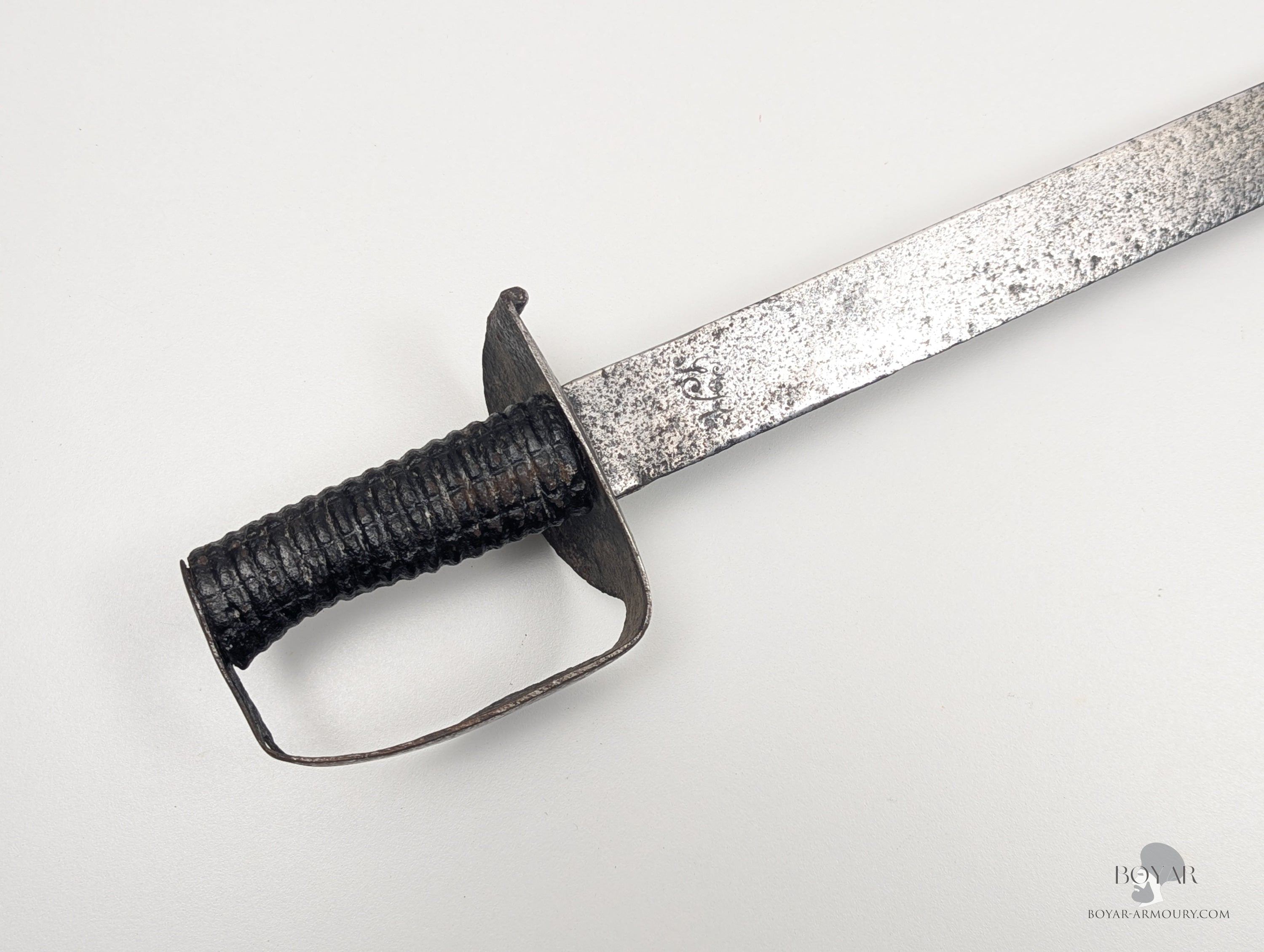
.jpg)
.jpg)

.jpg)




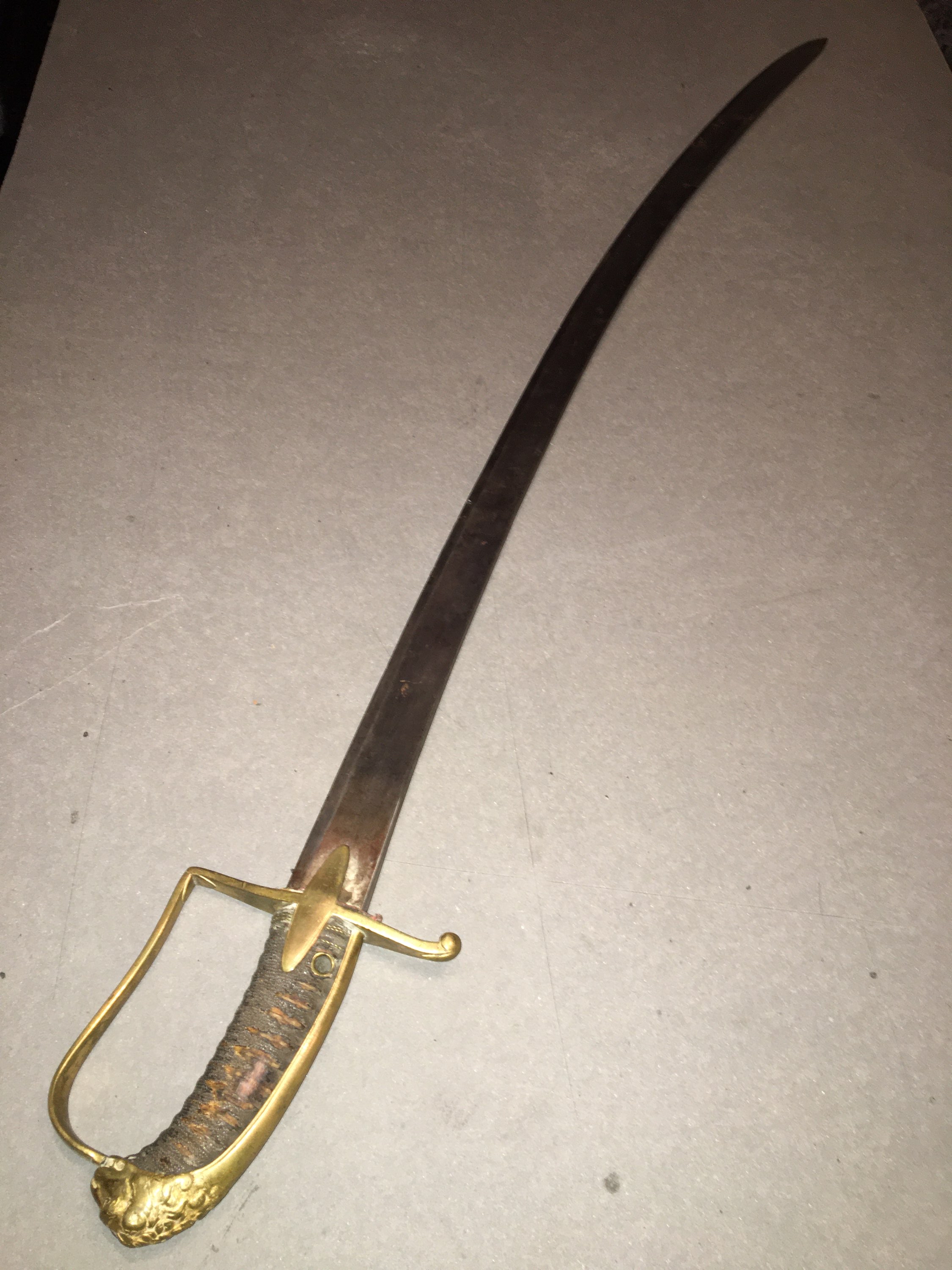

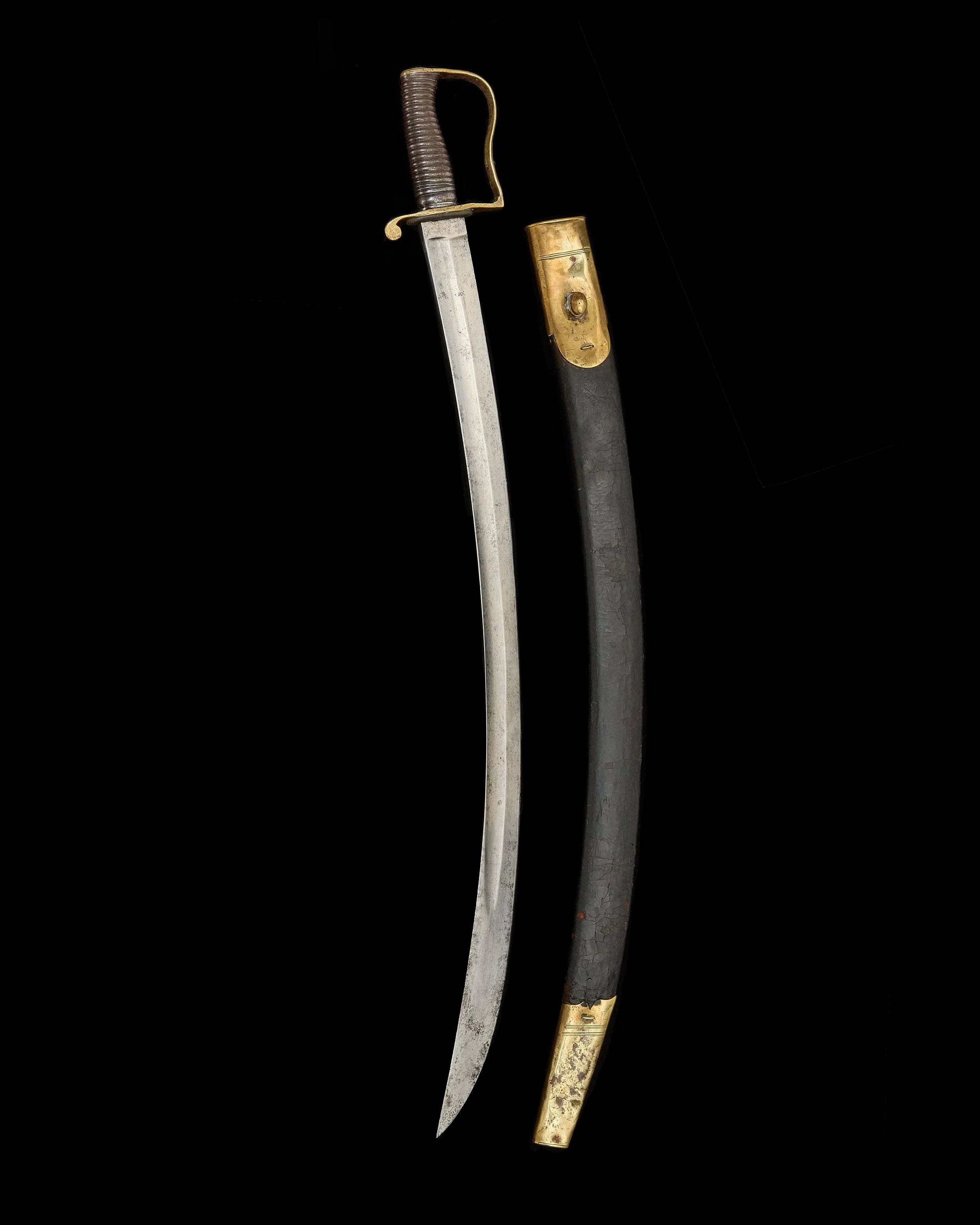

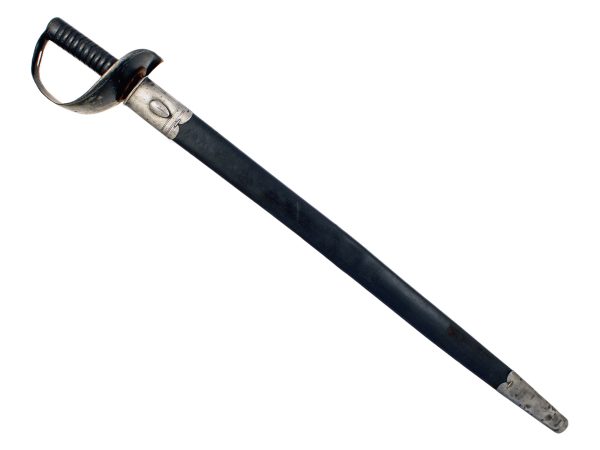
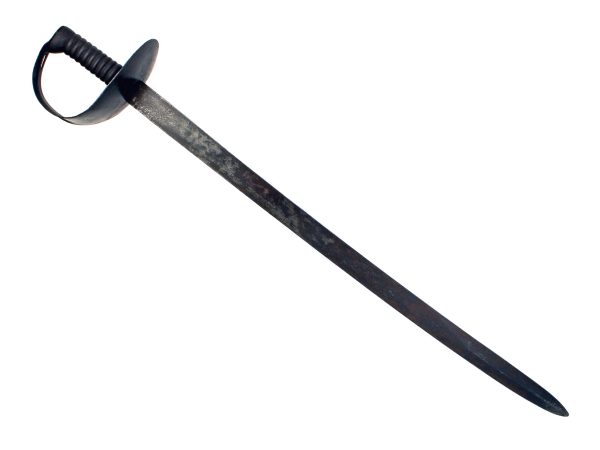





.jpg)
.jpg)
.jpg)
.jpg)
.jpg)
